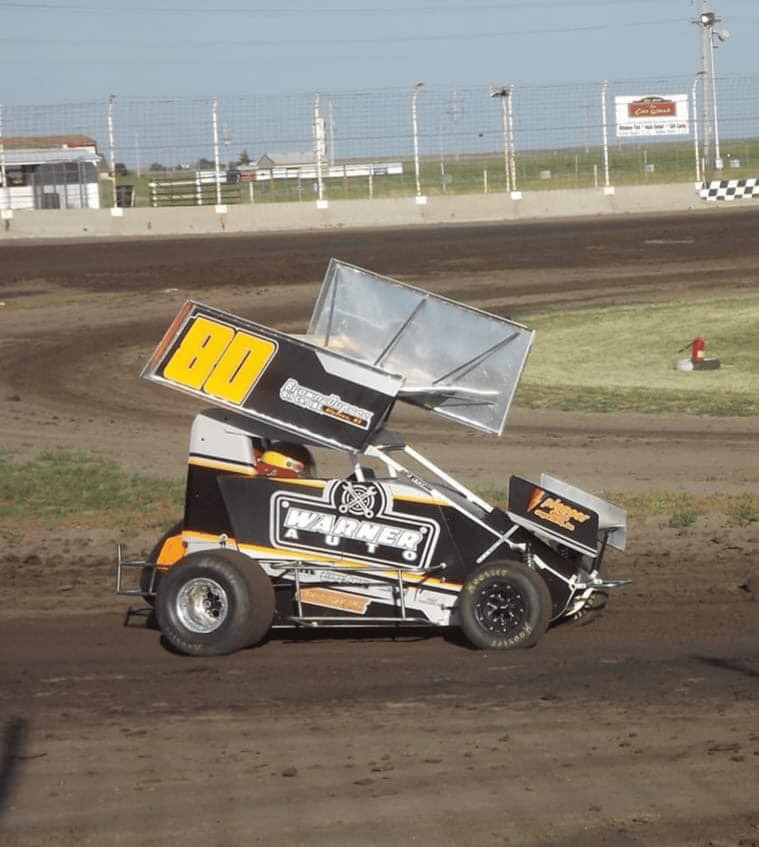If you’re looking for some thrills, the Airport Raceway right here in Finney county is a great way to spend the day. Whether you’re a life-long race fan or a total novice, watching drivers race for the finish line is an experience you won’t soon forget. However, if you’re new to the sport, it can help to have some idea about the details of the racing game before you dive in.
This article is part three of a three-part series about car racing here in Finney County. The first part provided a basic overview of the sport of auto racing, the second part explained the various types of races, and this third part gives you the knowledge you need to get the most out of your raceway experience.
General Rules
As different races vary so dramatically, it’s difficult to pin down a general rule set that applies to all car races. To make things simpler, we will focus on the track rules at the Airport Speedway. Detailed rules can be found here, but the following is a summary of what you need to know as a spectator.
Officials
There are two main categories of officials at a race track: tower workers and flagmen. Tower workers organize the races, decide on scoring, tell the announcers what to report to the crowd and racers, and otherwise make the decisions required to manage the race. They are kind of the eyes in the sky, keeping track of the overall picture.
The starter/flagman is the official down in the thick of things on the track. He or she is in direct control of everything that happens on the track during the race, including warning drivers for rule violations, and starting and stopping the race.
Flags
Flags are used to communicate the race situation to the drivers. To get the most out of a race as a spectator, you’ll want to know what the different flags mean when they are waved on the track.
- Green means the track is clear and the race is starting.
- Yellow means drivers need to take caution and slow down to parade speed. Drivers are not allowed to pass at this time. Caution periods usually occur when there has been a crash or some other debris has landed on the track.
- Red means the race is stopped and the track exit and entrance are left open.
- Black means a specific driver needs to pull into the infield on the next lap due to a driver and car disqualification. This is bad news!
- Rolled black is where the black flag is rolled up and pointed at a driver. This means the officials are issuing a warning to that driver because he or she is stretching the rules and needs to get back under control.
- White / Green means there are two laps to go until the race is over.
- White means this is the final lap.
- Checkered means the race is over. Drivers need to slow down and exit the track as soon as they can.
The Racing Line
The skill of operating a high-speed racing car is extremely complex, though most of these details are invisible to a spectator. However, one driving skill you can see in action is the skill of navigating the corners and turns of the track. At high speed, one wrong move on a corner could lead to a disaster.
Generally, drivers want to take the straightest possible line through a corner, which allows them to maintain the most possible speed on the other side. Dealing with corners can be broken down into four distinct stages, each of which you can spot if you look closely:
1. Braking Point
This is the point at which drivers begin braking for the turn. If you brake too early, you won’t have enough speed to get around the apex of the turn and you’ll have to accelerate early, which is not ideal. If you brake too late, your turn will be too wide. It takes years of practice to intuitively know the right place to brake on any given track.
2. Turn In Point
This refers to the angle you take as you enter the turn. Again, if your angle is too wide or too narrow, your path through the turn will be suboptimal. Figuring out this angle correctly requires practice and familiarity with the track. Usually, racers will use practice runs and coaching to help figure out the best angles for the turn.
3. Apex
The apex is the peak of the curve, which is the point at which the driver is closest to the inside corner of the track. Ideally, you want to get as close as possible to the apex without actually hitting it, which ensures you have the straightest possible line around the corner. Once you are through the apex, you can begin accelerating and planning your exit.
4. Exit Point
Now, you are through the apex and exiting the corner. Picking the right exit point is important because it can determine your position further down the track.
Racing Lingo
Like most sports, car racing has a collection of terms and ideas that have accumulated over the years. Knowing some key terminology can help enhance the spectator experience.
- Backmarker is a car that is positioned at the back of a group of competitors.
- Bodywork refers to the exterior of the car and is usually used when discussing the aerodynamics of the vehicle.
- Catch Fence is the barrier put up to protect track-side spectators from danger
- Drafting occurs when one car follows closely behind another car to take advantage of the aerodynamic “hole,” or slipstream, created by the leading car as it absorbs wind.
- Grid refers to the starting positions of the cars prior to the race beginning. The grid is determined by pre-race qualifying times.
- Infield is the area of the arena inside the oval track.
- Paddock is the area of the arena where spectators can watch teams work on and repair the cars used in competition.
- Pit is where cars go to change tires, get gas, and receive maintenance during a race.
- Pole is a term that originated from horse racing but refers to the car in the lead position of the grid, usually at the front, closest to the inside of the track.
- Take a Look refers to a tactic used by drivers to feint a pass to measure the reactions of other drivers.
Conclusion
Now, you should have a basic idea about the rules, organization, and terminology of car racing. This concludes our series on car racing here in Garden City, so feel free to check out parts one and two of this series to learn more.
If you’re curious about what the speedway has to offer, or if you want to begin your journey as a race car driver, you can check out the Airport Raceway website or Facebook page for more information.
If you’re planning to visit Finney County or Garden City, feel free to check out the other great content available on our site.
Image Source: Airport Raceway Facebook page


